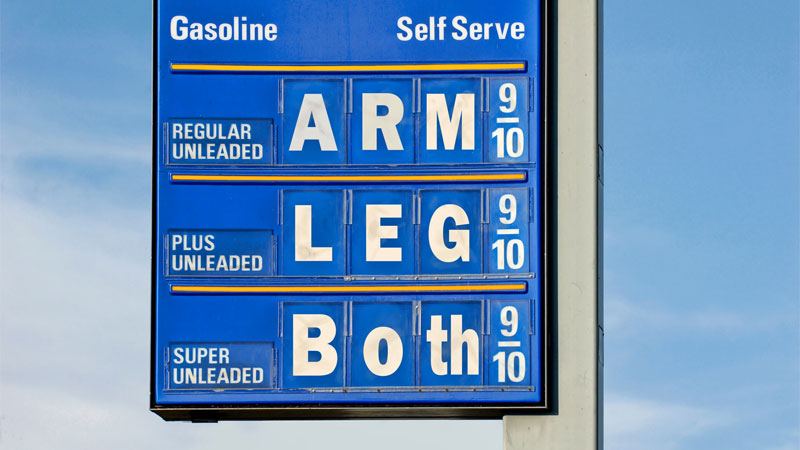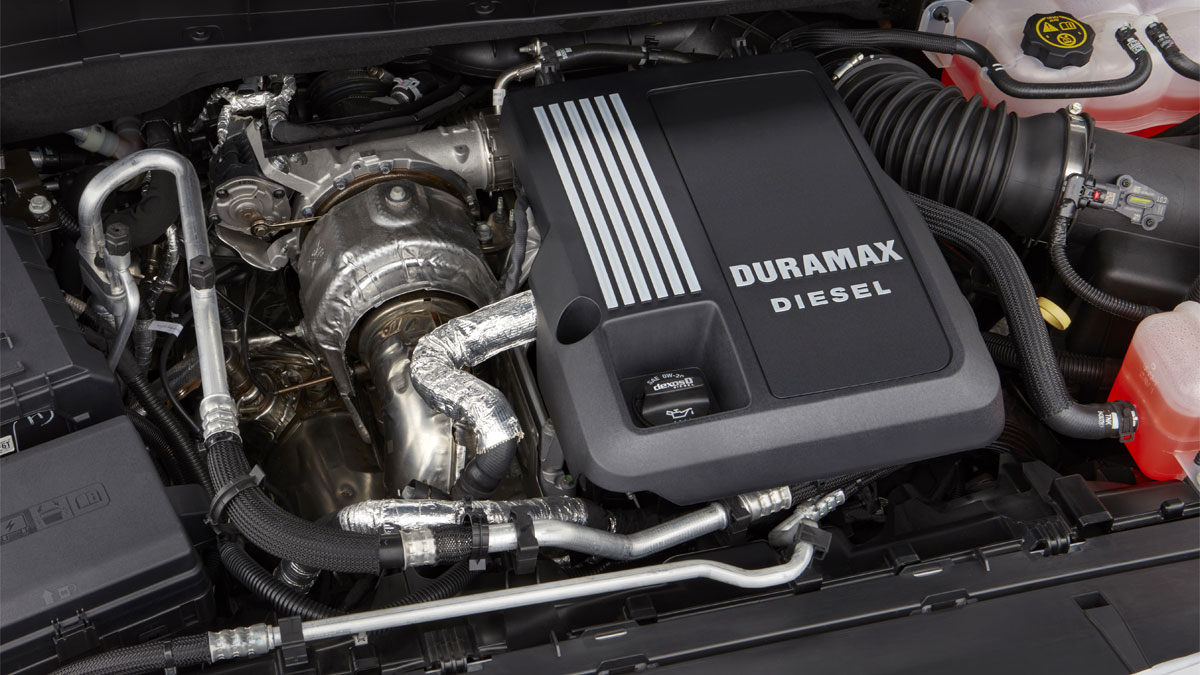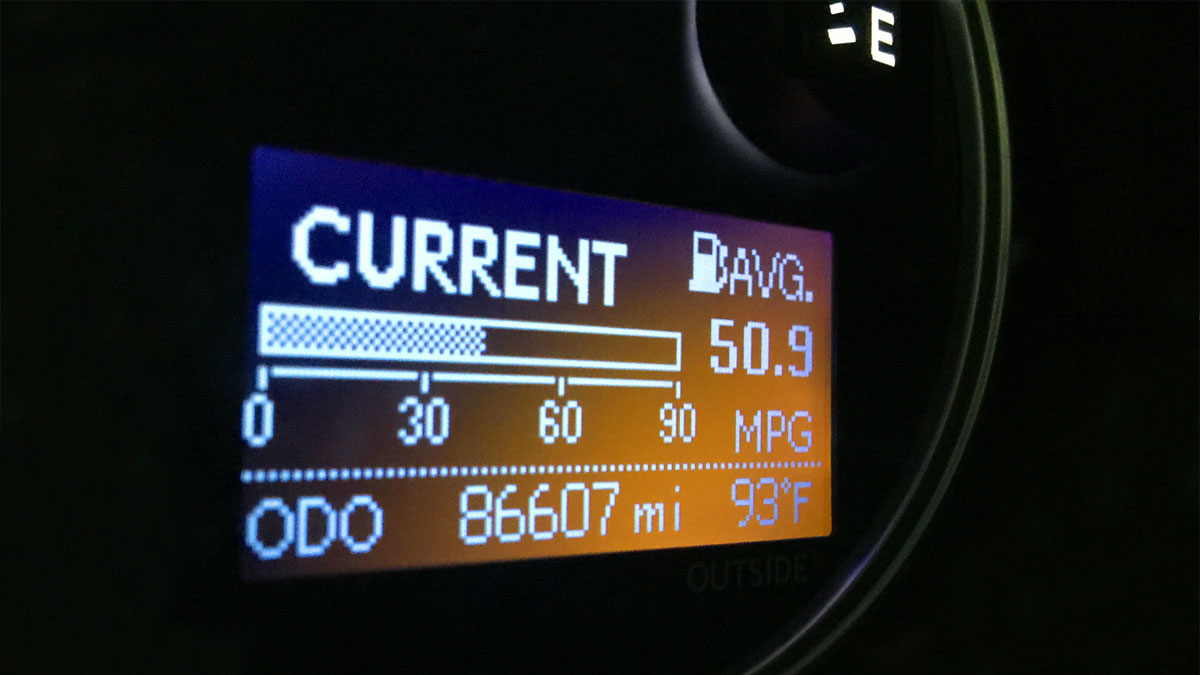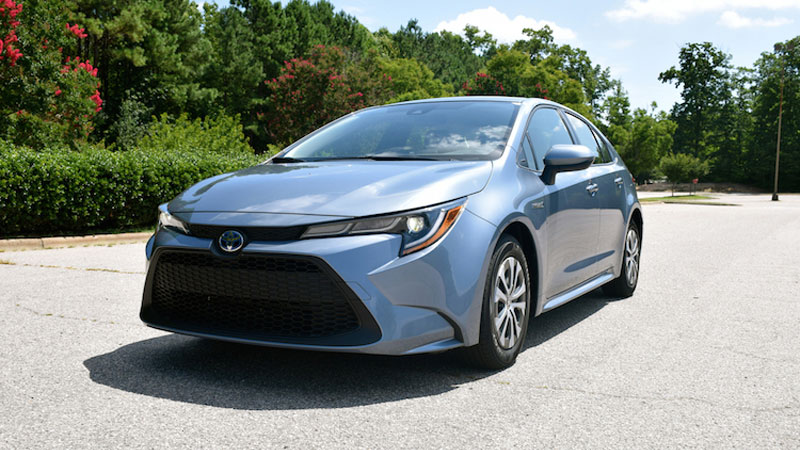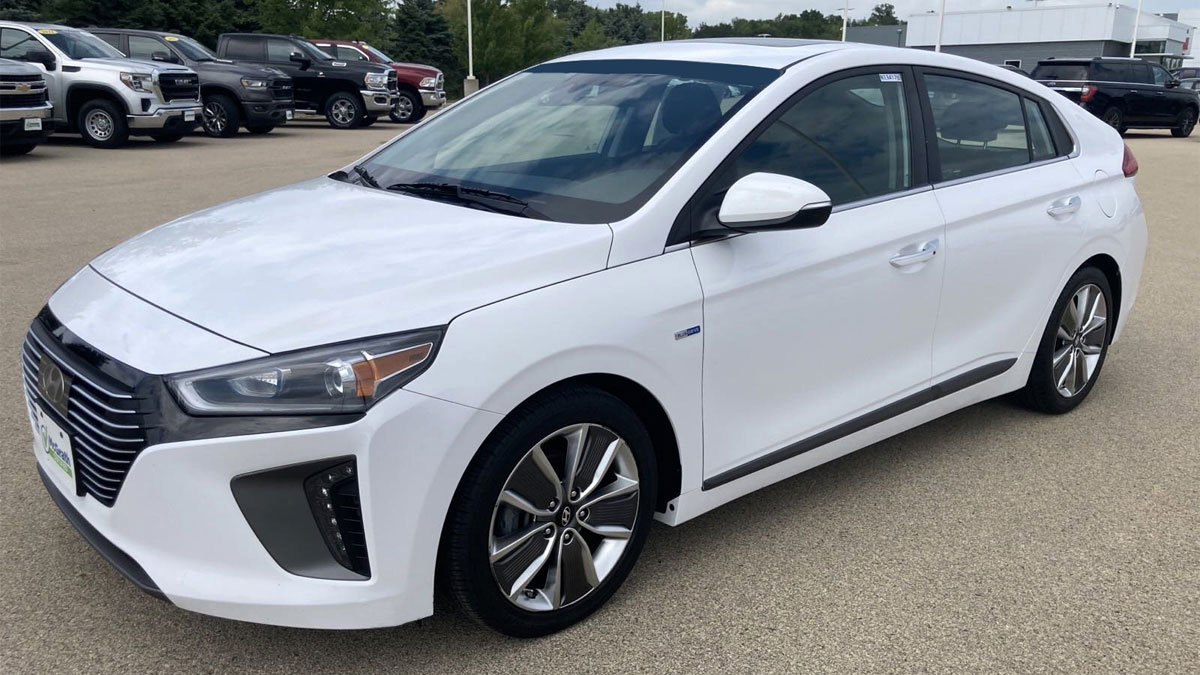11 EASY Ways to Get Better Gas Mileage
An automobile is more of a necessity than a luxury in many areas. Unlike U.S. cities that have square, box-like geographies New York, Philadelphia and Boston, many metropolitan areas are spread out. It’s not unusual for commuters to travel 20 to 40 miles to work on a daily basis. In … Read more

